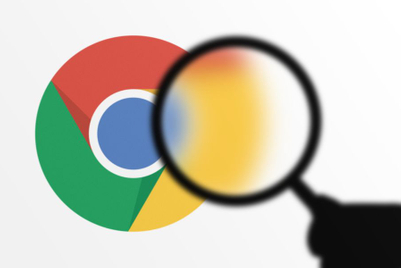
As competition for video ad budgets heats up, Google is trying to clean up its act.
Its decision last week to phase out disruptive and unwelcome video ads on Chrome that destroy the viewing experience is really designed to make YouTube more of an attractive destination for advertisers, by positioning it at the premium end of the market.
It clearly wants video ads to be viewed as a branding proposition, and not merely as a low-value performance budget allocation.
We also know that prices for video ads are higher, so there are strong financial incentives to get it right and ensure people don’t steer away from watching video on Google properties, including YouTube.
The company doesn’t want to be known as delivering invasive, high-interruption ad experiences. If you surf YouTube on its free platform, you can see in the comments threads that people hate mid-roll video ads. Fortunately, they are now consigned to the dustbin of history.
We now know that YouTube is a US$15 billion a year revenue business, because on February 4, Alphabet announced YouTube's revenues for the first time. The video site's overall revenue is one-fifth of Facebook’s ad business, and brings in 11% of Google's ad revenue. Its business is nearly double that of Google Cloud. That represents serious scale.
What is the gameplan for Google? Their search ads business, while dominant, is experiencing a steady decline in the prices they can charge advertisers.
My view is they want to create a competitive moat around YouTube, to protect video revenue amidst the rise of local, regional OTT and video streaming services everywhere. That starts with delivering consumers with terrific video experiences.
YouTube will hope that it leads to more people signing up for its paid ad-free service—which has 20 million paid subscribers—or more time spent on their platform by those that can’t afford to pay, or choose not to do so. They can also charge higher prices for pre-roll video ads.
In some markets in Southeast Asia, Facebook and Google makes up 80% of all digital spend. You could argue that marketers and advertisers in Asia, and the rest of the world, are over-indexed on these platforms. YouTube wants to be seen as a quality content streaming platform, up there with Hooq, Disney, Hulu, and other top tier destinations. The battle for video ad budgets starts now.
Justin Orkin is the VP of growth APAC at Goodway Group.




.jpg&h=334&w=500&q=100&v=20250320&c=1)
.jpg&h=334&w=500&q=100&v=20250320&c=1)
.jpg&h=334&w=500&q=100&v=20250320&c=1)



.jpg&h=334&w=500&q=100&v=20250320&c=1)
.jpg&h=334&w=500&q=100&v=20250320&c=1)

.jpg&h=268&w=401&q=100&v=20250320&c=1)

.jpg&h=268&w=401&q=100&v=20250320&c=1)

.jpg&h=268&w=401&q=100&v=20250320&c=1)
.png&h=268&w=401&q=100&v=20250320&c=1)
.jpg&h=268&w=401&q=100&v=20250320&c=1)
